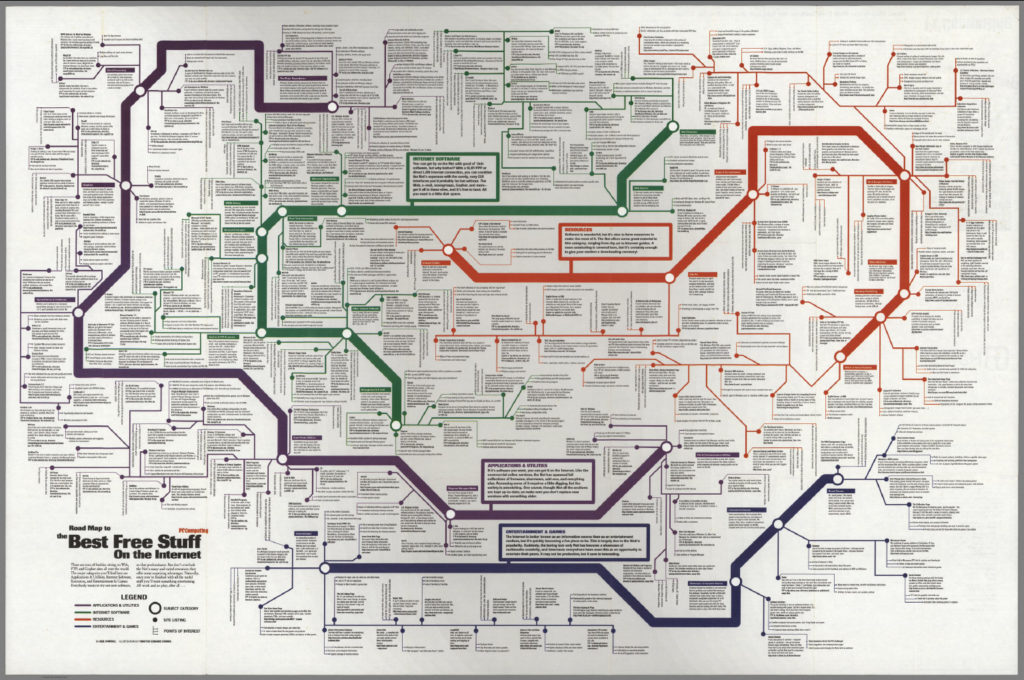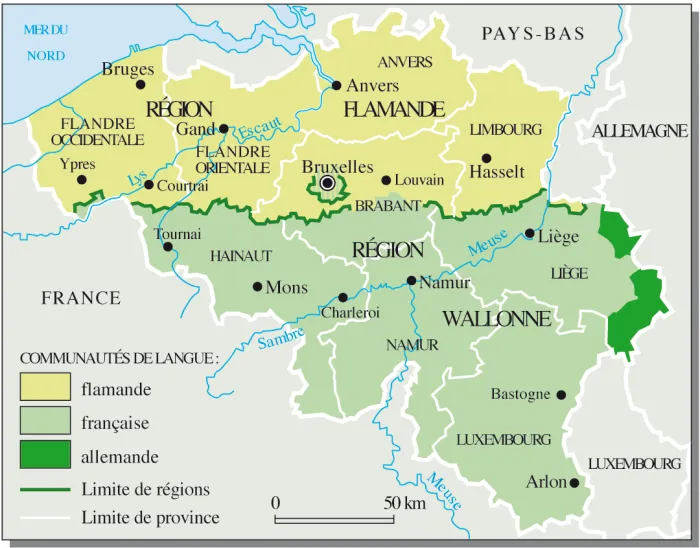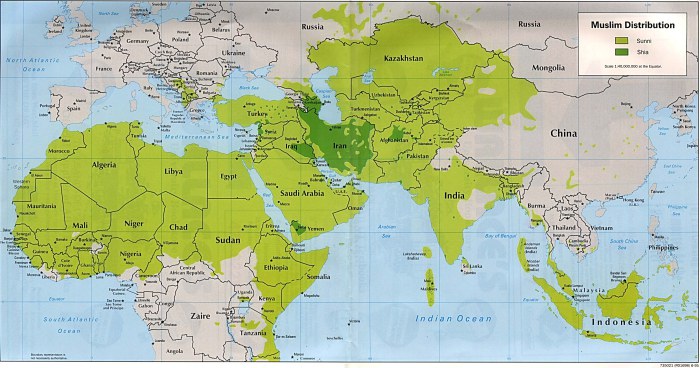
Impressive Private Cartographic Collection
Personal interest and dedication are the best motivation for creating something of high quality with value for the society. This applies for collectors of works of arts, but also to collectors of geographic content. Throughout his life David Rumsey has been gathering historical maps of all different kinds. Today, the David Rumsey Map Collection stores more than 150.000 pieces of artwork from mainly North and South America, but also all other parts of the world, and constitutes one of the largest private map collections in the United States. The items range in date from 1700 until the mid 20th century including atlases, wall maps, globes, school geographies, pocket maps, books of exploration, maritime charts, and a variety of cartographic materials including pocket, wall, children’s, and manuscript maps. Due to its volume and range in time the collection reports history. A close inspection reveals the growth and decline of cities, the unfolding of the railways, the discovery of the American Wild West by the Europeans and generally the alteration and improvement of the cartographic perspective of the world.
After making career in real estate development and finance for over 20 years David Rumsey decided to make his collection public by building the online David Rumsey Historical Map Collection, www.davidrumsey.com. Around 45.000 were digitalised and can be observed as high resolution images that are extensively catalogued. The site is opened for public, for viewing the highest resolution of the scanned maps, a registration is needed. Technically, the collection on the Internet brings together the finest optical equipment and digital scanners, cutting edge viewing technology, the latest image processing software, powerful wavelet compression, and reliable long-term storage of digital images. The digitized maps are very high resolution images scanned at at least 300 pixels per inch, as measured against the original map’s dimensions. The larger maps generate files frequently approaching two gigabytes in size; the average file size of images in the collection is 200 megabytes.
At the bottom I am presenting some of the maps that I found inspiring. I like the recently installed tool that permits to view some hundreds of historical maps on google earth. Laid upon the actual situation the opacity regulator enables to compare historical reality and perception with the actual geographic situation of a place. Proper software, the Luna Imaging Inc., was developed for organising, managing and viewing images and map collections. Further options of the online collection include Google map function, maprank search, second life as well as 2d and 3d GIS browsers. I think the digital map archive is a wonderful place to enjoy geographic history and cartographic content from all over the world. Also, I find the online collection clearly organised and appreciate the several features connected to the maps. Have a look! Take your time!

A Time Table indicating the difference in time between the principal cities of the World and also showing their air-line distance from Washington. Hand colored lithographed, with a list showing distribution of colors. 1868, Mitchell, Samuel Augustus Jr. Source: David Rumsey Map Collections.

A recent example of maps: A very early diagram/map showing where free content was available on the Internet in 1995 and how to access it. 1995, Randall, Neil; Downs, Timothy Edwards. Source: David Rumsey Map Collection

A historical map of Vienna from 1837 on Google Earth compared to the actual situation (bottom): very well to observe are the modification of the river Danube and city growth.

Eastern Hemisphere from 1856 published by J.H. Colton And Co. 172 William St. New York. I am impressed by the perspective of the world that is neither Europe nor America centered. Source: David Rumsey Map Collection

Map of Tokyo, Japan, 1863. Mounted and folded in cover 18×12. Wood block print in Japanese. Published by Nishimuraya Yohachi. This is a reprint of an older map, has two reprint dates: Kaei 1, 5th. month (1848) and Bunkyu 3 (1863). The date seal in the margin is the seal used for 1860. Extension pasted on the bottom of map refers to reclaimed land in the Tom river area. Shows main temples and shrines pictorially. Includes distance chart, legend and points of interest. David Rumsey Map Collection comprises maps from all over the world. Source: David Rumsey Map Collection.











